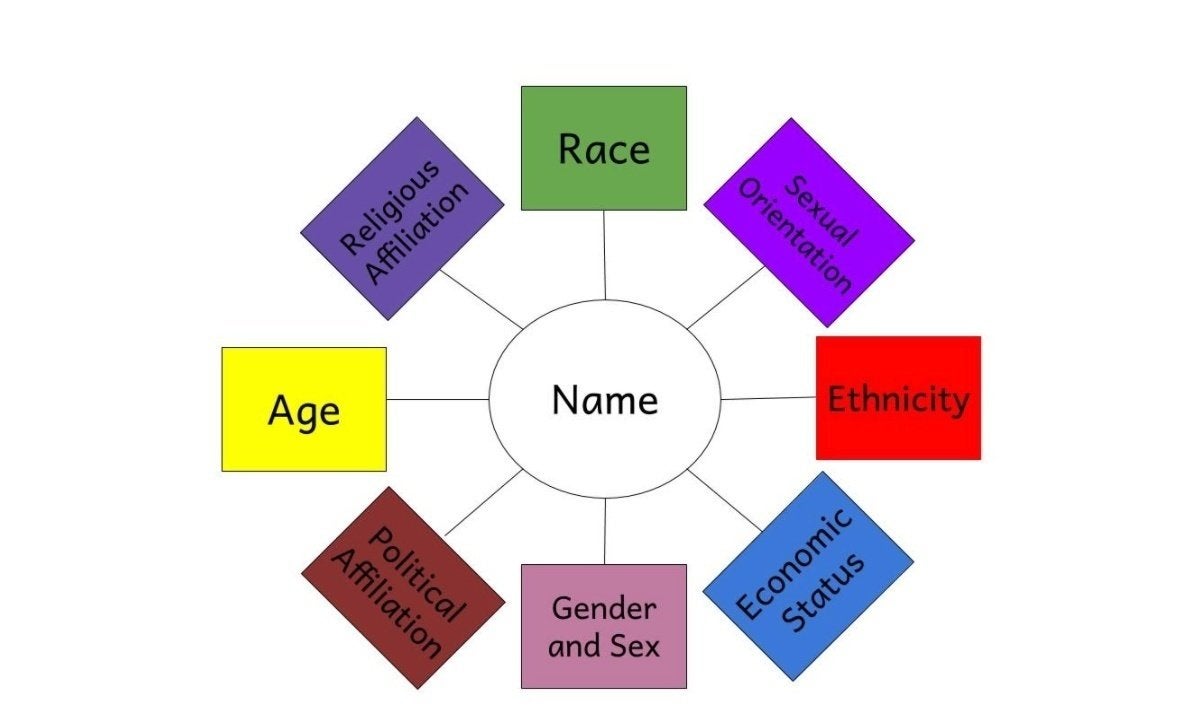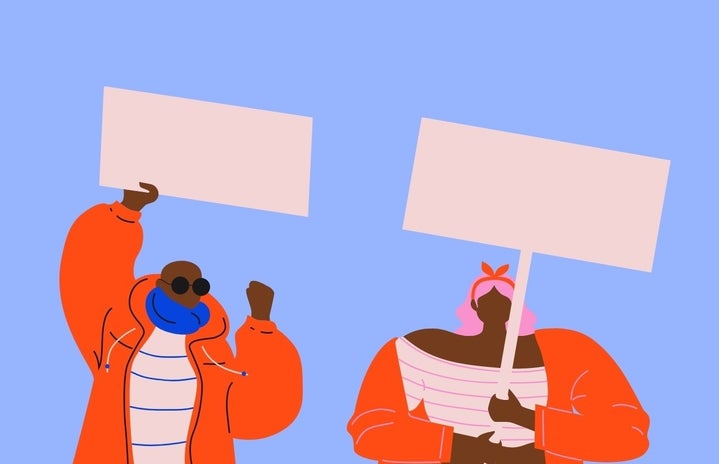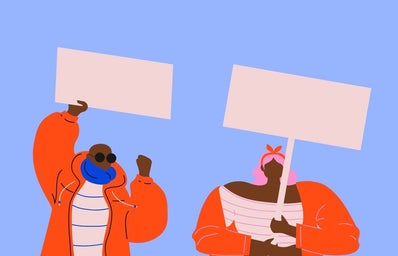My inspiration for this topic came from the meeting I had at Una. Una is the feminist club at SLU and each meeting we discuss different aspects of feminism and related topics. This week we talked about intersectionality. Honestly, I had no idea what intersectionality was and how it was related to feminism. So, before the meeting, I researched the topic to gain some information. What I found was the definition of intersectionality, a bunch of articles on its importance, and a few on why conservatives hate the word so much. I realized I have basic knowledge and attended the meeting. The meeting was eye-opening! I did not expect just how significant intersectionality is in our daily lives. From education to jobs, it applied to everything and thus it is vital that we know about it. So, for all the people out there who don’t know what it is, here is your guide to intersectionality.
What is Intersectionality?
The term was first coined by Harvard graduate, Kimberle Crenshaw, now a professor at both UCLA and Columbia Law School. She explains intersectionality as how a person’s racial and social identities overlap and create multiple modes of social injustice. To better understand it, the court case of Emma Degraffenreid v. General Motors is a great example. It was the year 1976. Degraffenreid, like any other Black woman, wanted a better life for her family. She applied to General Motors but was not hired. She believed that she was denied the job due to being a Black woman. Now, the judge dismissed Degraffenreid’s claim stating that the company did hire Black people and women. However, what the judge failed to understand was that though the company did hire Black people, it was only men, and the women hired were all white. Degraffenreid was trying to explain how being Black and a woman had hindered her job opportunity. But the court was not ready to put the two causes of action together because they believed that this would allow Degraffenreid to get preferential treatment. Professor Crenshaw explains this very well in her Ted Talk and goes further, stating that the problem Degraffenreid faced was a framing problem. The court’s framing system for seeing gender discrimination was narrow and partial. They failed to understand how a person’s multiple identities impacted their lives.
Thus, intersectionality is defined by the Oxford English Dictionary as “the interconnected nature of social categorizations such as race, class, and gender, regarded as creating overlapping and interdependent systems of discrimination or disadvantage; a theoretical approach based on such a premise.”
Importance of Intersectionality
Intersectionality affects our lives way more than we think it does. When asked what intersectionality means to her, Una Core Member Mara Roth, stated, “For me, intersectionality means understanding the unique experiences of oppression that many marginalized people experience on multiple fronts. And it’s not just a theoretical framework, it has real-life implications for my worldview and how I practice feminist activism”. Just like Degraffenreid, millions of people deal with intersectionality in their daily lives. These people are facing discrimination on multiple ends of their identities that they cannot control.
Intersectionality is especially crucial to the wage gap and violence against women. To put it into perspective, according to The Center for American Progress, for every $1 a man earned in 2018, a woman earned 68 cents. But dig even deeper into the problem, and you will see that not all women are making 68 cents. A white woman earned 79 cents whereas a Black woman earned 62 cents. Not only are these women being discriminated against due to their gender but they are also being affected by their race. The same can be seen in violence against women. Violence against women is not just based on gender. A 2019 study found that 44% of lesbian women experience more intimate partner violence, compared to 35% of heterosexual women. Here the women are discriminated against not just due to their gender, but their sexual identity. Thus it is evident that understanding intersectionality is even more important now if we want equality and equity.
Understanding one’s own identity
Now that we have established what intersectionality is and how it affects us, it is important to understand our own identities. The flowchart below can help you understand your different identities; social, political, racial, religious, sexual, and gender.

While you fill out the flow chart, think of the following questions:
-
Which identities make you privileged?
-
Which identities make you disadvantaged?
-
Which identities make the biggest impact when people view you?
-
Which identities make the biggest impact when you view yourself?
-
Which identities would you like to explore more?
Intersectionality is still regarded as just a theory by most, but for some people, it is their daily struggle with discrimination and injustice on various fronts. To obtain an equal and just world, intersectionality must be accounted for when making policies and laws.



